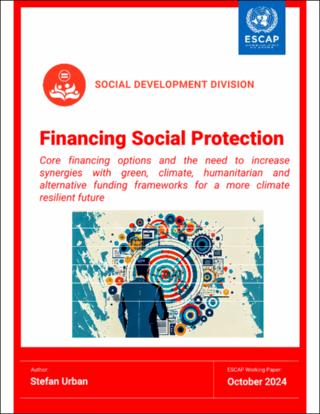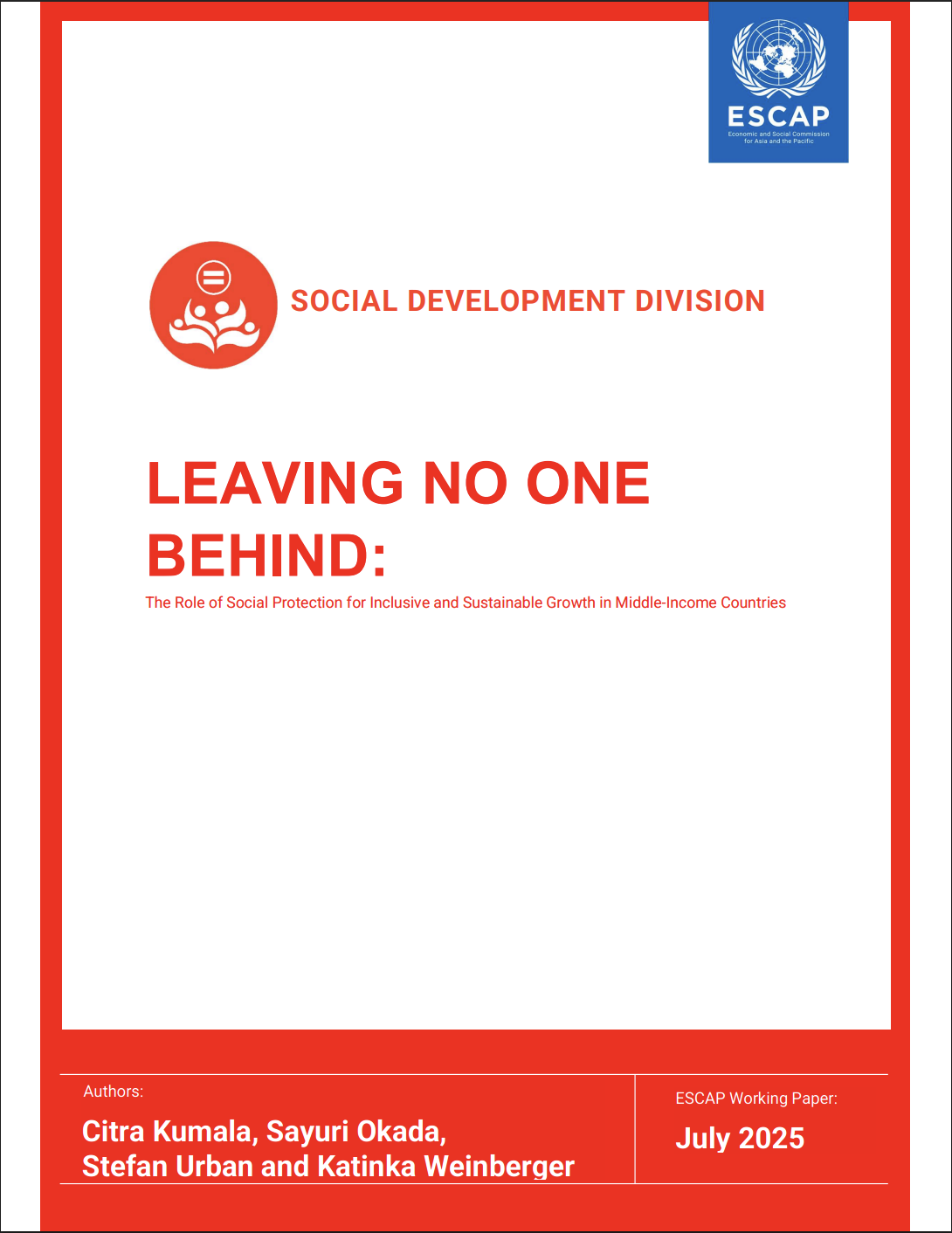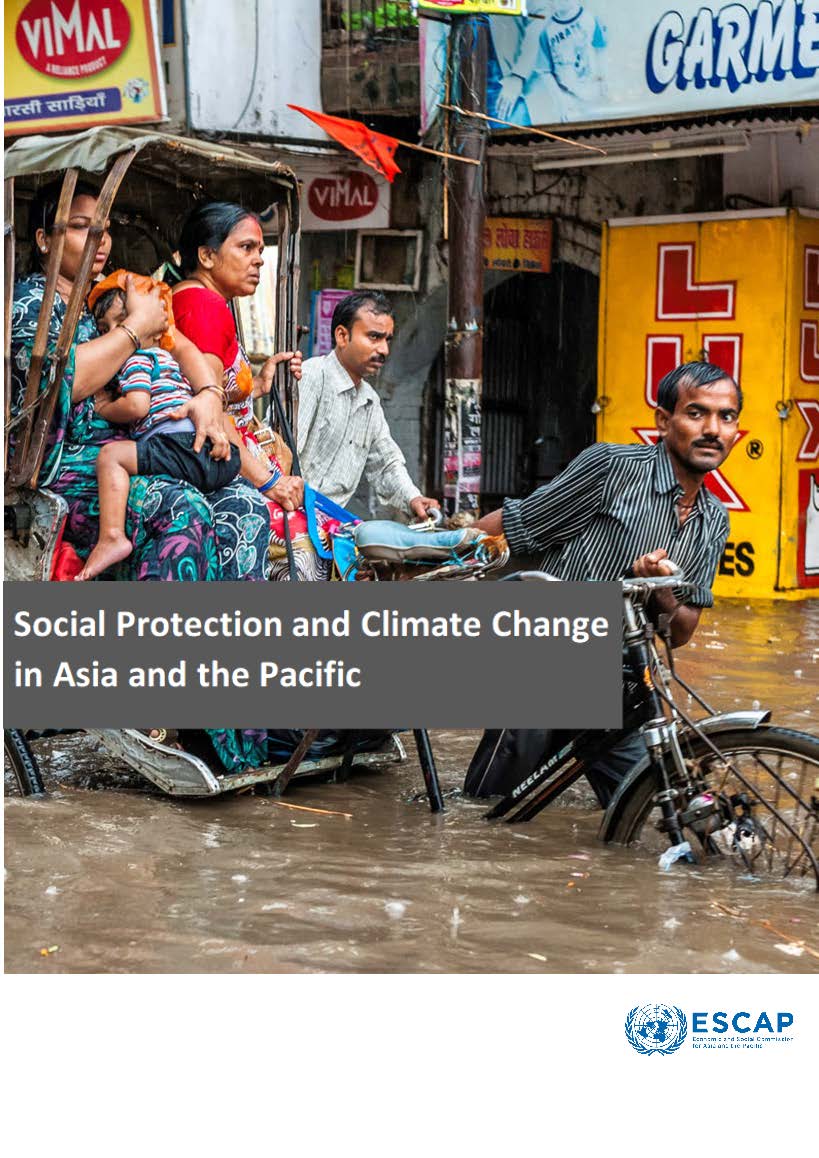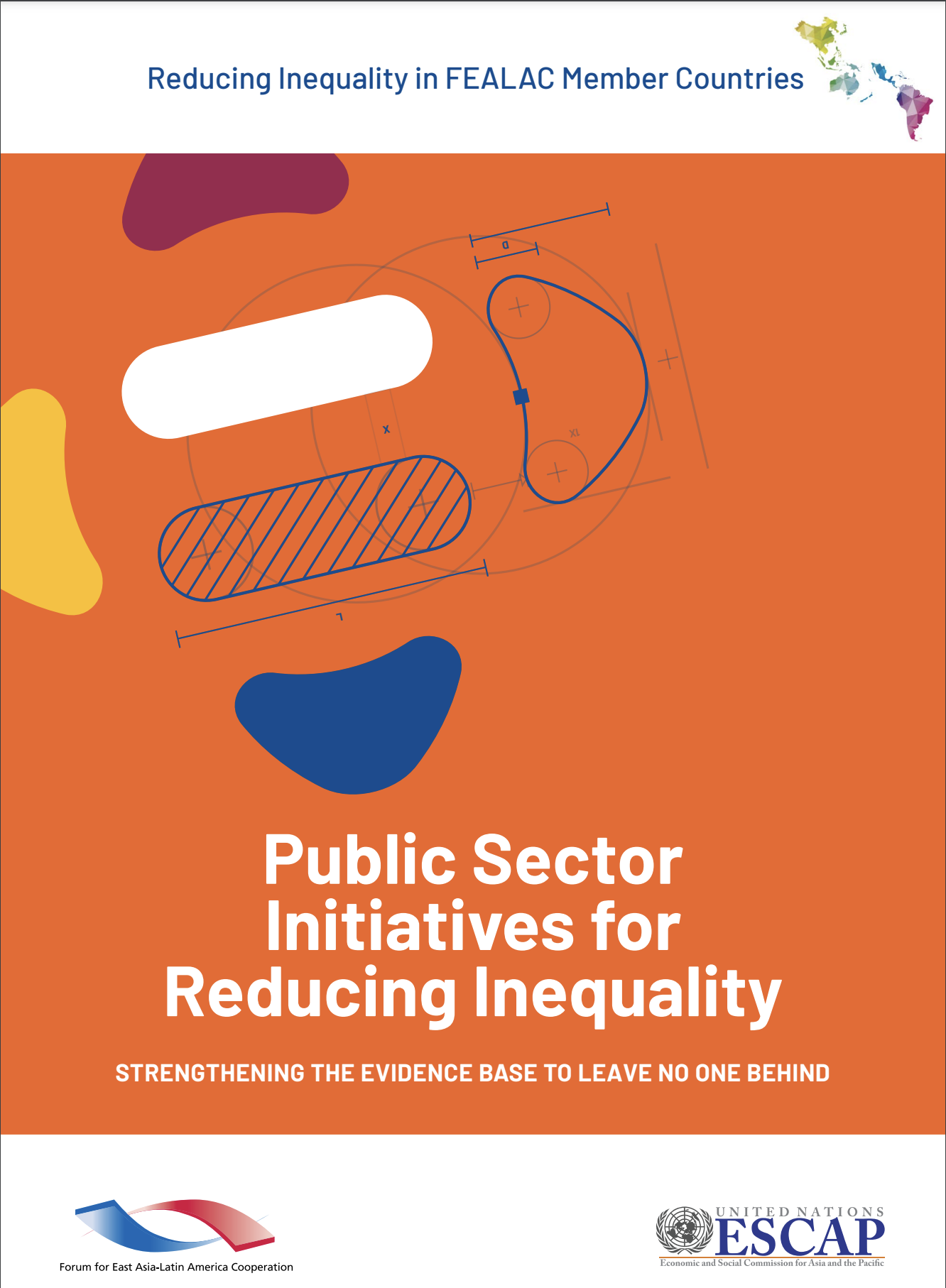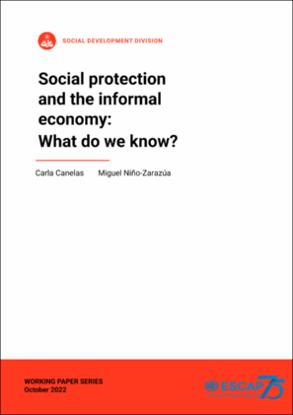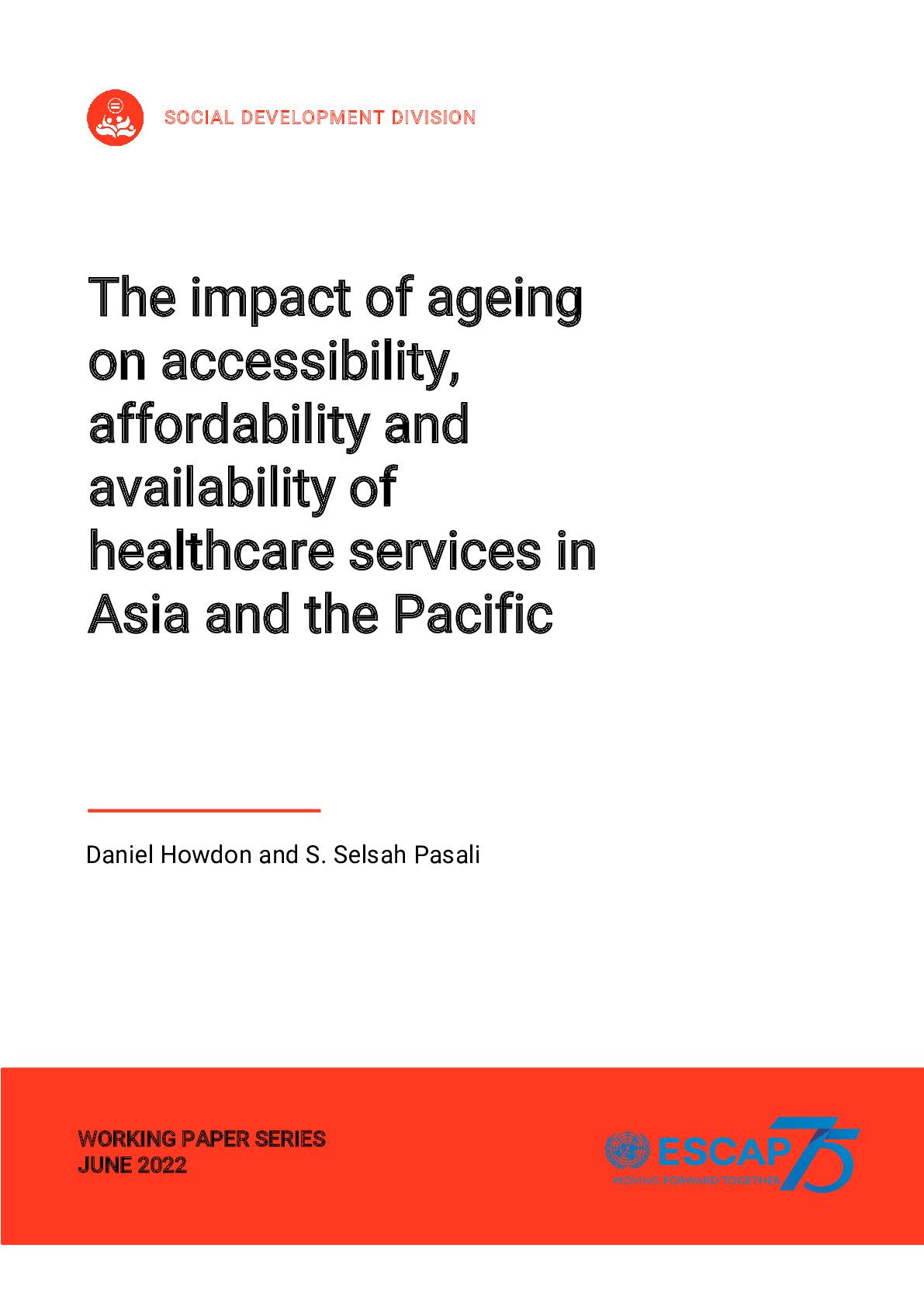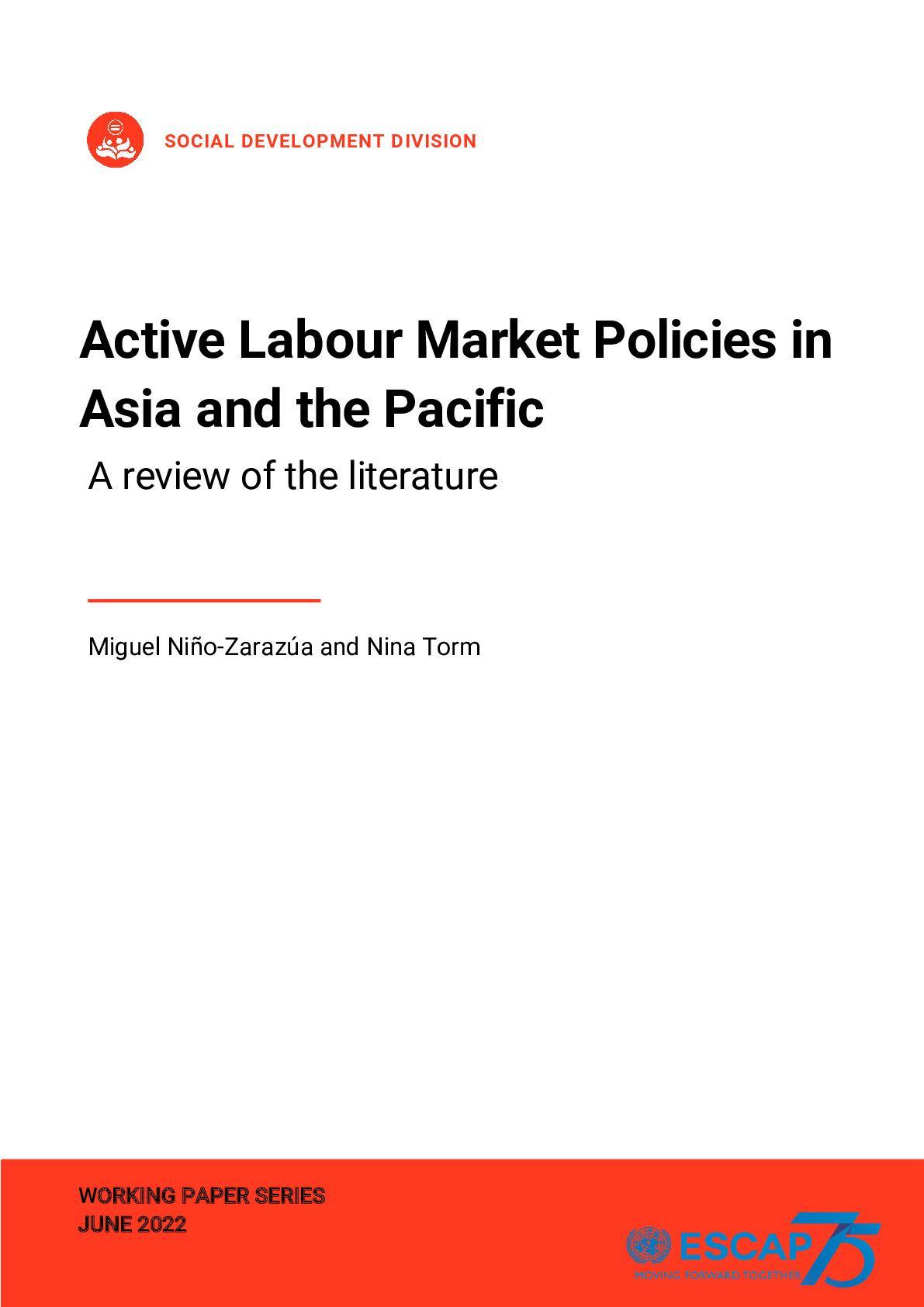Financing social protection : core financing options and the need to increase synergies with green, climate, humanitarian and alternative funding frameworks for a more climate resilient future
Acknowledgements
Abstract
I: Introduction
II: Core financing sources
III: Other financing sources
IV: Green, climate and complementary funding sources
V: Conclusions and recommendations
The working paper analyzes the diverse financing options and fiscal strategies necessary to expand social protection in Asia and the Pacific, underscoring the critical importance of social protection amidst climate challenges. It examines the gaps in current social protection spending, where the region's average expenditure of 8.2% of GDP falls significantly below the global benchmark. The paper presents an array of financing mechanisms, including social security contributions, innovative tax reforms, reallocation of fossil fuel subsidies, and green and social bonds, alongside newer frameworks like multilateral climate funds and the newly established Loss and Damage Fund. It further highlights the synergy between social and climate resilience, advocating for robust social protection frameworks that can buffer against climate-induced displacement, support mitigation and adaptation efforts, and address emerging health risks. The paper is organized into sections on core funding sources, innovative and targeted fiscal policies and green, climate and complementary funding sources, with a comprehensive evaluation of each approach. By promoting cross-sectoral cooperation and exploring synergies between social protection and climate action, the paper argues that nations can create sustainable social protection models and build resilience against future climate and other type of shocks.
